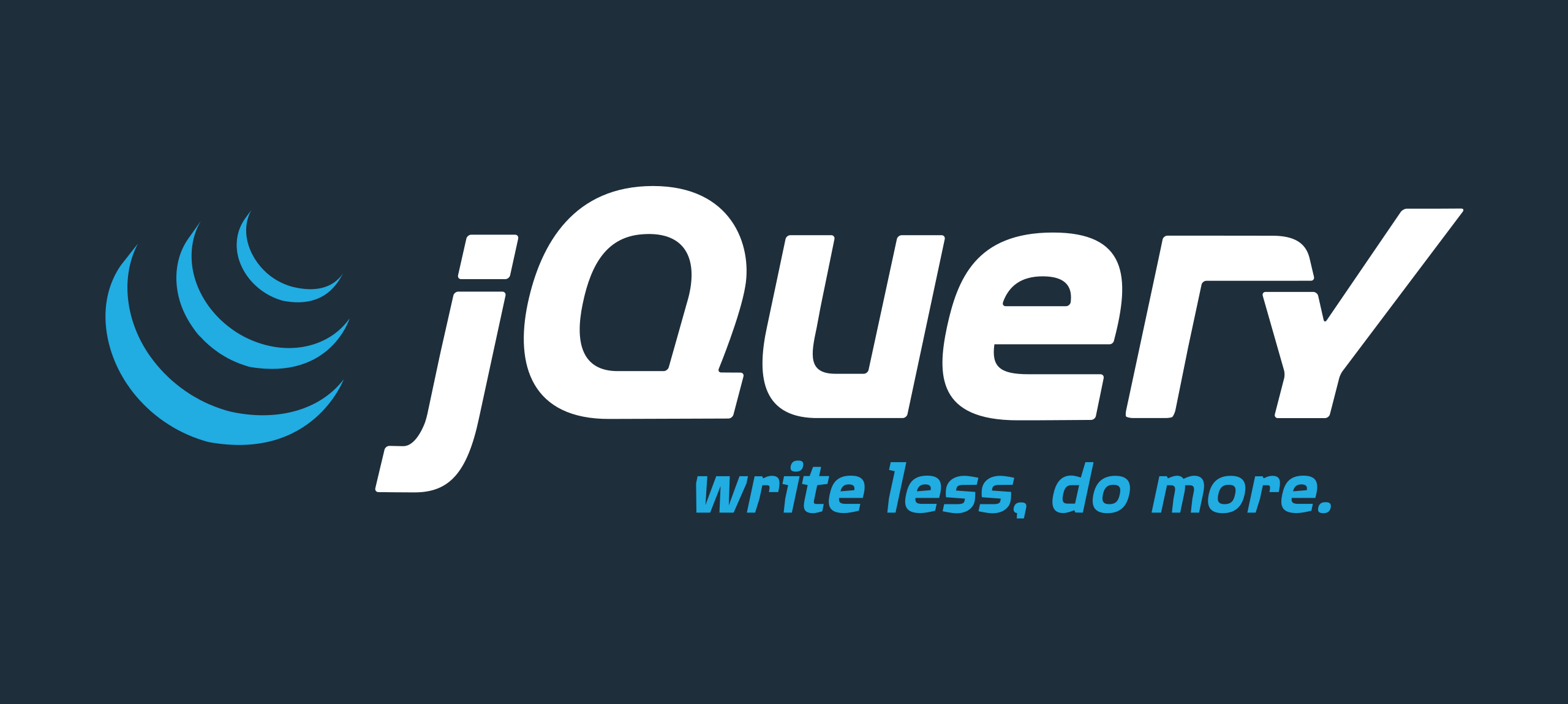JQuery is a fast, lightweight, and feature-rich JavaScript library that simplifies web development by handling complex tasks with concise and efficient code. It is widely used for enhancing website interactivity, providing smooth animations, and ensuring seamless AJAX integration. With its easy-to-use syntax, jQuery allows developers to perform tasks such as HTML document traversal, event handling, and manipulation with minimal effort, making it a preferred choice for both beginners and experienced programmers.
One of the key features of jQuery is its ability to simplify DOM (Document Object Model) manipulation. Traditionally, selecting and modifying HTML elements required extensive JavaScript coding, but with jQuery, developers can achieve the same results with just a few lines of code. Functions like .addClass(), .removeClass(), and .css() enable quick styling changes, while .html() and .text() allow dynamic content updates. This flexibility enhances the efficiency of web development and reduces coding time significantly.
Event handling is another crucial aspect where jQuery shines. Handling user interactions such as clicks, mouse movements, and keyboard inputs can be cumbersome in vanilla JavaScript, but jQuery simplifies this process with methods like .click(), .mouseover(), and .keydown(). These methods ensure a smooth user experience by making websites more responsive and engaging. The .on() method further enhances event binding by allowing developers to attach multiple event handlers to elements dynamically.
JQuery is also widely used for animations and visual effects. The library comes with built-in functions like .fadeIn(), .fadeOut(), .slideUp(), and .slideDown(), which make it easy to add smooth transitions to a webpage without requiring additional CSS or JavaScript code. The .animate() function offers further customization, allowing developers to create advanced animations with precise control over timing and motion effects.
Another powerful feature of jQuery is its support for AJAX (Asynchronous JavaScript and XML), which enables seamless data communication between the browser and the server. With functions like .ajax(), .get(), and .post(), developers can retrieve data from the server and update web content without requiring a full page reload. This enhances user experience by making web applications faster and more interactive.
Overall, jQuery remains a powerful and essential tool for modern web development. Its ease of use, extensive functionality, and strong community support make it a go-to choice for building dynamic, responsive, and visually appealing websites.






